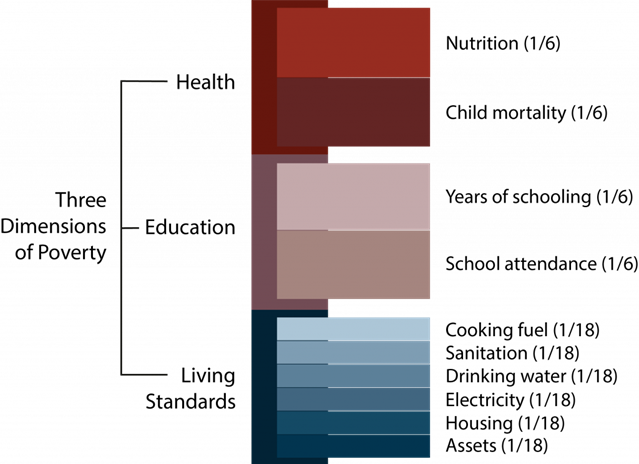Free Courses Sale ends Soon, Get It Now


Free Courses Sale ends Soon, Get It Now



Copyright infringement not intended
In News
Details
Reasons behind Poverty in India
Consequences of Poverty
The high infant mortality
Malnutrition - not even a bowl of rice a day
Child labour - no time to play and learn
Lack of education - no opportunities without education
Child marriage - the early end of childhood
Effects on Society
Effect on Economy
Way Forward
The growth of the population at the current rate should be checked by the implementation of policies and awareness promoting birth control.
https://epaper.thehindu.com/Home/ShareArticle?OrgId=GH6ADI5FE.1&imageview=0
https://t.me/+hJqMV1O0se03Njk9
© 2024 iasgyan. All right reserved